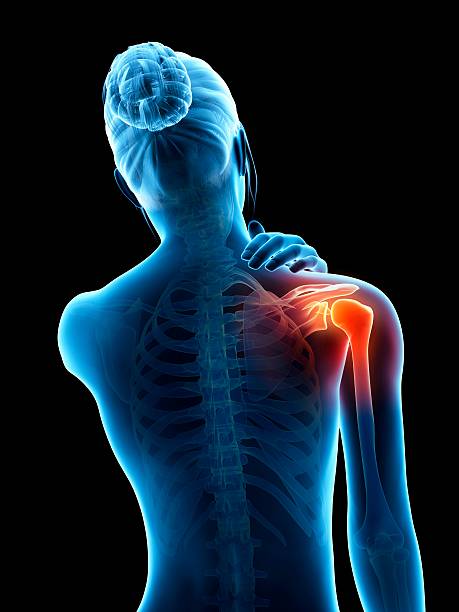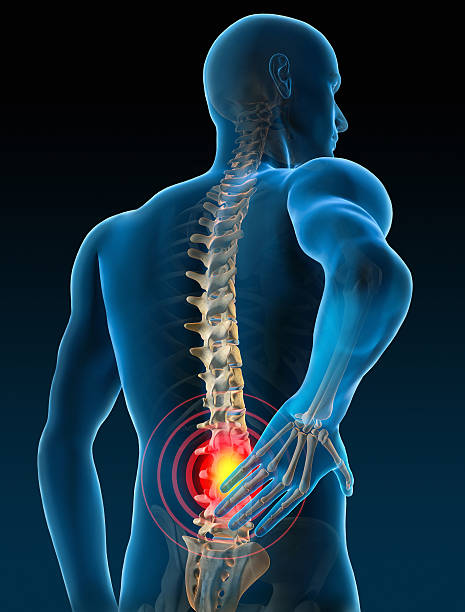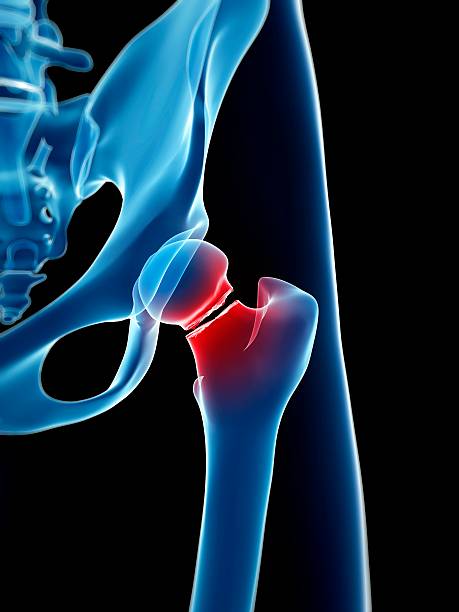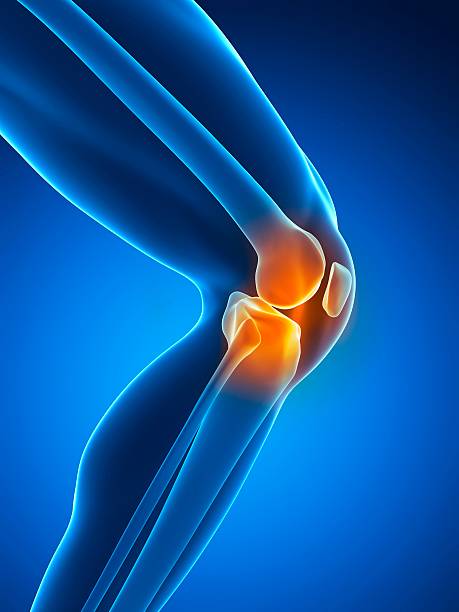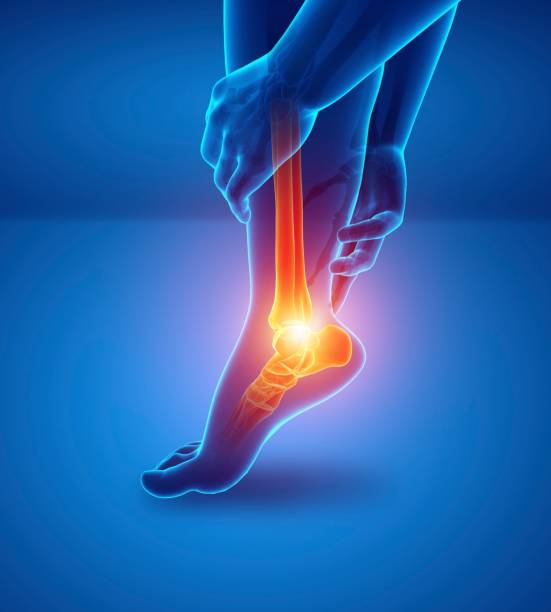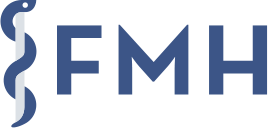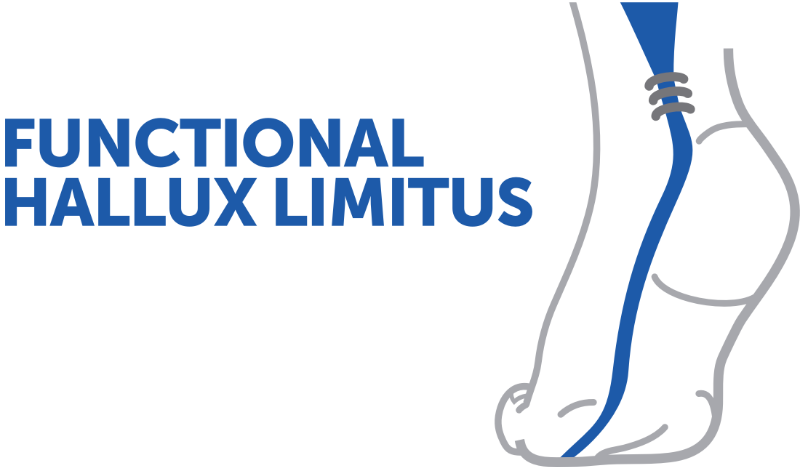Minimally invasive anterior approach in hip prosthesis: indications, technique and benefits
This lecture presents the indications, planning, and implementation of a minimally invasive anterior total hip replacement. Drs. Sadowski and Saglini detail the diagnostic criteria, prosthetic choices, surgical approaches, possible complications, and postoperative rehabilitation.
Doctors
Topics
Treatments
Advice
- Dr Jacques Vallotton; Dr. Christophe Sadowski; Dr Marco Saglini
- Introduction
- Diagnosis of coxarthrosis
- Conservative treatments
- Choice of prosthesis
- Minimally invasive surgical technique
- Total hip replacement
- Minimally invasive anterior approach
- Physiotherapy
- Conservative treatment
- essential differential diagnosis
- indication based on symptoms and imaging
- choice of friction torque
- importance of planning
- caution in learning
Information
Video type:
Anatomy:
Surgery:
Thematic:
From pain to decision: making the right indication
Coxarthrosis combines wear and tear mechanisms with inflammatory phenomena. Symptoms vary and do not always follow radiological severity. The indication for THR is based on three green lights: documented irreversible damage, consistency between symptoms and imaging, and expected benefit outweighing risks. In case of doubt, it is legitimate to wait, obtain an additional opinion, or resort to additional tests.
Choosing the implant: friction torque and fixation
Two elements structure the choice: the fixed parts (stem, cup) and the friction couple (head/insert). Modern couples (ceramic–ceramic or ceramic–highly cross-linked polyethylene) limit wear. The fixation can be uncemented (osseointegration) or cemented, depending on the bone quality. Precise positioning restores length, center of rotation and stability.
The minimally invasive anterior approach does not cut muscles or tendons, which speeds up recovery.
Minimally invasive anterior approach: principles and benefits
The anterior approach uses an intermuscular and intervenous plane, avoiding muscle section. This approach facilitates recovery and reduces the risk of dislocation. It requires careful planning and specific training; exposure of the femur is more delicate, and certain morphologies require great caution. In all cases, tissue safety takes precedence over the size of the incision.
Complications: better prevention, better explanation
Early complications include dislocation, perioperative fracture, and infection; later on, wear and detection dominate. Patient education reduces risk situations (early extreme movements, falls). Planning (2D/3D) and quality of execution limit risks, as does the reasoned choice of friction torque and head size.
PTH is a mature operation with 95% 10-year survival.
Rehabilitation: rapid autonomy and abductor strength
The focus is on independence: early walking, stairs, daily living gestures, then strengthening of the abductors and lumbo-pelvic control. Canes are weaned depending on pain and stability. Resumption is organized in stages, with low-impact activities (walking, cycling, swimming) and a gradual reintroduction of technical gestures according to the previous level.
Living with a prosthesis: activities and perspectives
The majority of wearers "forget" about their implant in their daily lives. Gentle activities are encouraged; technical sports (dancing, clay tennis, skiing for experienced skiers) are still possible with care. Implant longevity is the result of an equation: proper positioning, tissue protection, appropriate activities, and follow-up.
Pathologies treated at the center
Hallux Limitus
Functional
Your pain has a cause.The balance sheet allows us to understand it.
- Gait analysis
- Posture Assessment
- Guidance on the right treatment
- Study of plantar supports and supports
- Detection of compensations
- Pain–movement correlation
The functional assessment allows us to understand how a joint or postural imbalance can trigger or perpetuate pain. Very often, imaging is normal, but movement is disturbed. By analyzing gait, weight-bearing patterns, or posture, we identify the weak links in the chain and guide targeted treatment adapted to the patient's actual mechanics.


